The Best Health Care ETFs to Buy
Health care ETFs can provide lower volatility while diversifying across a variety of medical industries.


Among the S&P 500's 11 major sectors, three are widely considered "defensive" – utilities, consumer staples and health care – thanks to the inelastic demand for the goods and services they provide. Elasticity refers to how sensitive consumer demand is to changes in price.
For the aforementioned sectors, demand for services and products remains fairly constant regardless of economic conditions, helping companies maintain stable earnings and making their stocks less volatile during downturns.
But among the three, only the health care sector pairs that stability with significant long-term innovation and growth potential.
From biotech breakthroughs and aging populations to advancements in diagnostics and personalized medicine, the sector offers more than just downside protection – it provides exposure to transformative change.
Why buy health care ETFs?
Investing in health care through individual stocks exposes you to idiosyncratic, uncompensated risks – meaning risks tied to one company or sub-industry that don't offer higher returns in exchange.
That's because health care isn't a single industry, but rather a complex ecosystem made up of six major subgroups, each with its own structural challenges.
Take biotech. It's known for high volatility because the success of these health care stocks hinges on clinical trials, many of which fail. Companies in this space tend to be boom or bust, and their stock prices reflect that.
Pharmaceutical companies face their own problems, most notably the patent cliff – a sharp drop in revenue that happens when a top-selling drug loses patent protection and generic competitors flood the market. That can wipe out billions in sales in a short time.
Health care providers and services, like hospitals and insurers, are heavily exposed to regulatory risk and public scrutiny – especially following recent events like the assassination of Brian Thompson, the CEO of UnitedHealth Group's (UNH) insurance unit, which reignited debates about the industry's practices.
More stable segments do exist. For instance, medical equipment suppliers and life science toolmakers tend to fly under the radar but offer steady growth with less drama.
That's why using health care ETFs makes sense. It spreads your exposure across all of these sub-industries, which don't always move in tandem.
When one segment stumbles, another may outperform, giving you a smoother ride and broader access to both stability and innovation.
How we chose the best health care ETFs to buy
To narrow the field, we focused only on broad health care sector ETFs. That means we excluded more niche funds that home in on specific industries such as biotech, pharmaceuticals or medical tools.
We also left out leveraged and inverse ETFs, which are typically geared toward short-term traders – not long-term investors.
From there, we used the standard trio of fees, liquidity and reputability to evaluate our picks:
Fees: There's little reason to pay more than 50 basis points (0.5%) in annual expenses for a sector ETF in 2025, especially when many charge a fraction of that.
Liquidity: The best ETFs should be easy to trade. That means a tight 30-day median bid-ask spread to minimize implicit costs when buying or selling shares.
Reputability: We gave preference to health care ETFs from established asset managers with strong track records and funds that have enough assets under management (AUM) to avoid risk of closure due to low investor interest.

Best healthcare ETFs to buy
| Exchange-traded fund | Ticker |
|---|---|
| Health Care Select Sector SPDR Fund | XLV |
| Vanguard Health Care ETF | VHT |
| iShares Global Healthcare ETF | IXJ |
| Fidelity MSCI Health Care Index ETF | FHLC |
| Invesco S&P 500 Equal Weight Health Care ETF | RSPH |
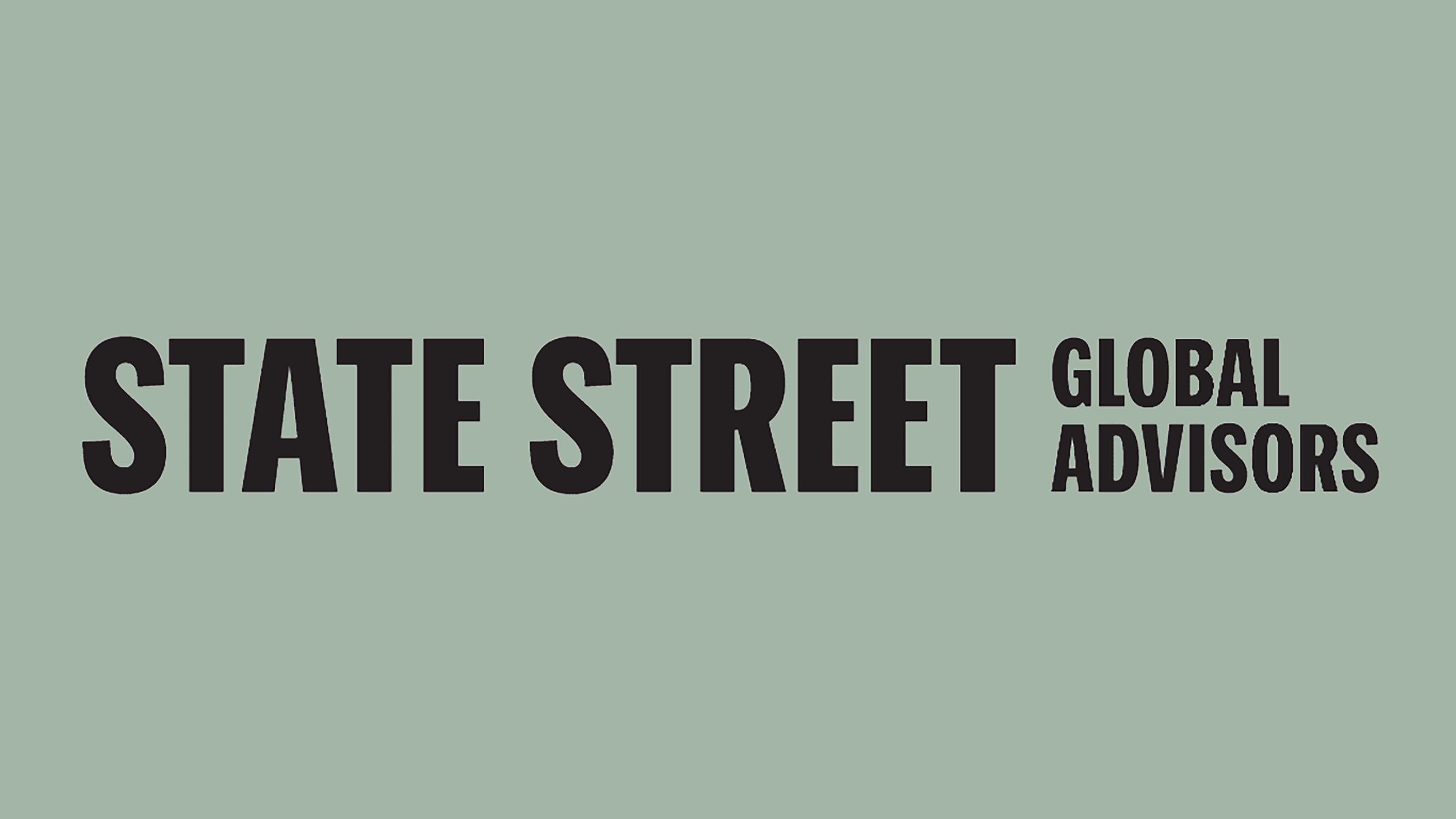
Health Care Select Sector SPDR Fund
- Assets under management: $38.4 billion
- Expense ratio: 0.08%, or $8 annually for every $10,000 invested
- 30-day median bid-ask spread: 0.007%
- Dividend yield: 1.6%
The Health Care Select Sector SPDR Fund (XLV) offers large-scale, low-cost exposure to the sector by tracking a basket of 60 large and mid-cap health care companies drawn from the S&P 500 Index.
Because it's market cap-weighted, the biggest names – Eli Lilly (LLY), UnitedHealth Group, and Johnson & Johnson (JNJ) – carry the most influence.
That makes XLV one of the best health care ETFs for investors seeking broad exposure to blue chip stocks with high liquidity and minimal fees. It also has options available.
Learn more about XLV at the State Street Global Advisors provider site.
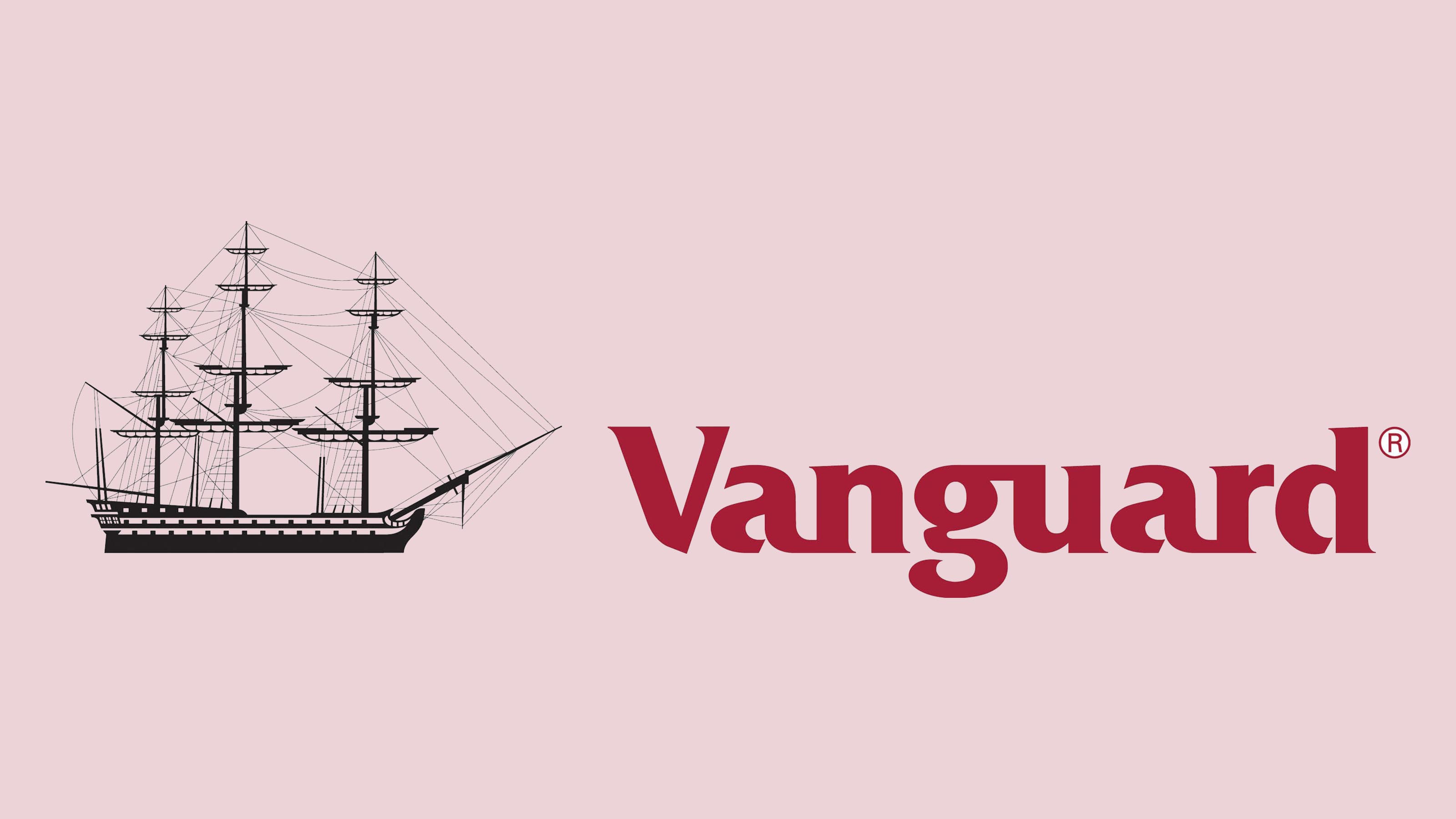
Vanguard Healthcare ETF
- Assets under management: $16.4 billion
- Expense ratio: 0.09%
- 30-day median bid-ask spread: 0.048%
- Dividend yield: 1.4%
The Vanguard Health Care ETF (VHT) offers more comprehensive coverage of the health care sector than most peers, with a portfolio of about 400 companies.
It tracks the MSCI US Investable Market Health Care 25/50 Index, which includes not just large caps but also a healthy mix of mid- and small-cap stocks.
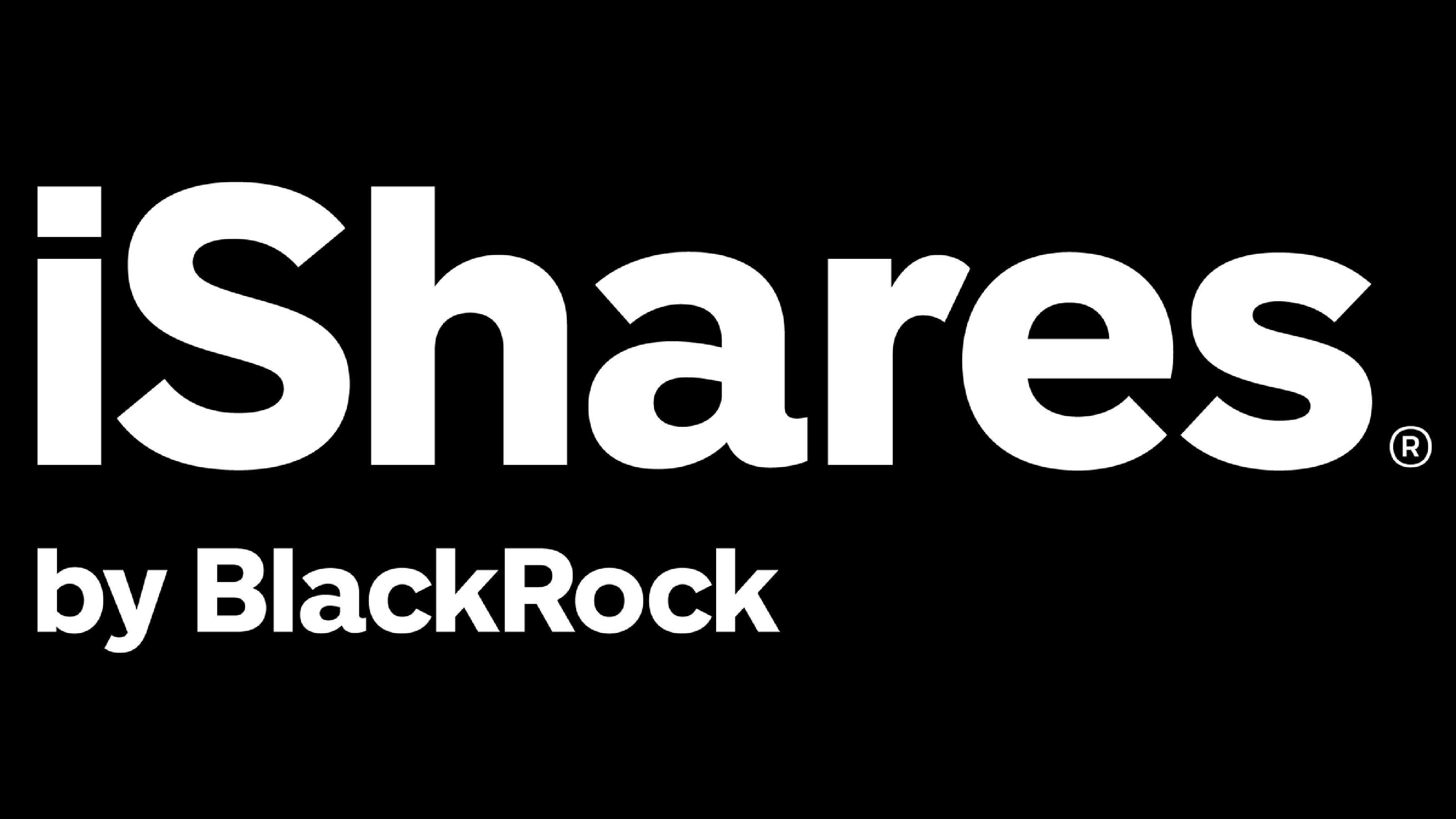
iShares Global Healthcare ETF
- Assets under management: $3.9 billion
- Expense ratio: 0.41%
- 30-day median bid-ask spread: 0.067%
- Dividend yield: 1.4%
The iShares Global Healthcare ETF (IXJ) tracks the S&P Global 1200 Healthcare Sector Index, offering true global diversification in health care.
That means exposure not only to U.S. names but also to European pharma giants such as Roche Holding (RHHBY), Novo Nordisk (NVO), AstraZeneca (AZN) and Novartis AG (NVS) – all of which are missing from the S&P 500.
The trade-off is cost: IXJ carries an expense ratio that's four times higher than the low-cost U.S.-focused health care ETFs. It also has a wider bid-ask spread.
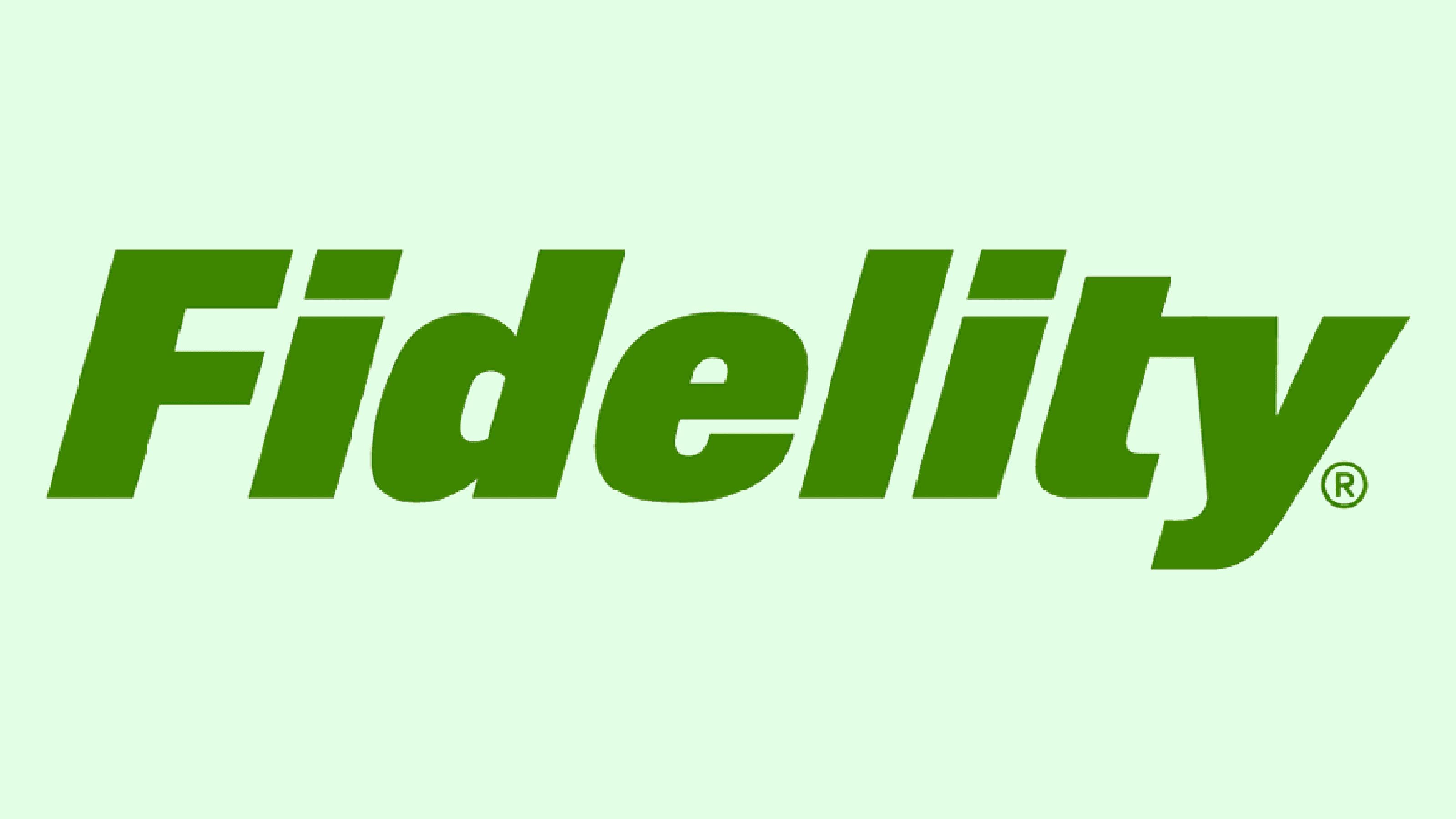
Fidelity MSCI Health Care Index ETF
- Assets under management: $2.87 billion
- Expense ratio: 0.084%
- 30-day median bid-ask spread: 0.054%
- Dividend yield: 1.4%
The Fidelity MSCI Health Care Index ETF (FHLC) tracks the MSCI USA IMI Health Care Index, with "IMI" standing for Investable Market Index.
That means it includes roughly 360 small-, mid-, and large-cap health care stocks – though it's still market cap-weighted, so about 74.2% of the portfolio skews large cap.
With a similar group of top holdings and fee structure to VHT and XLV but a slightly different benchmark, FHLC can serve as an effective tax-loss harvesting partner for either.
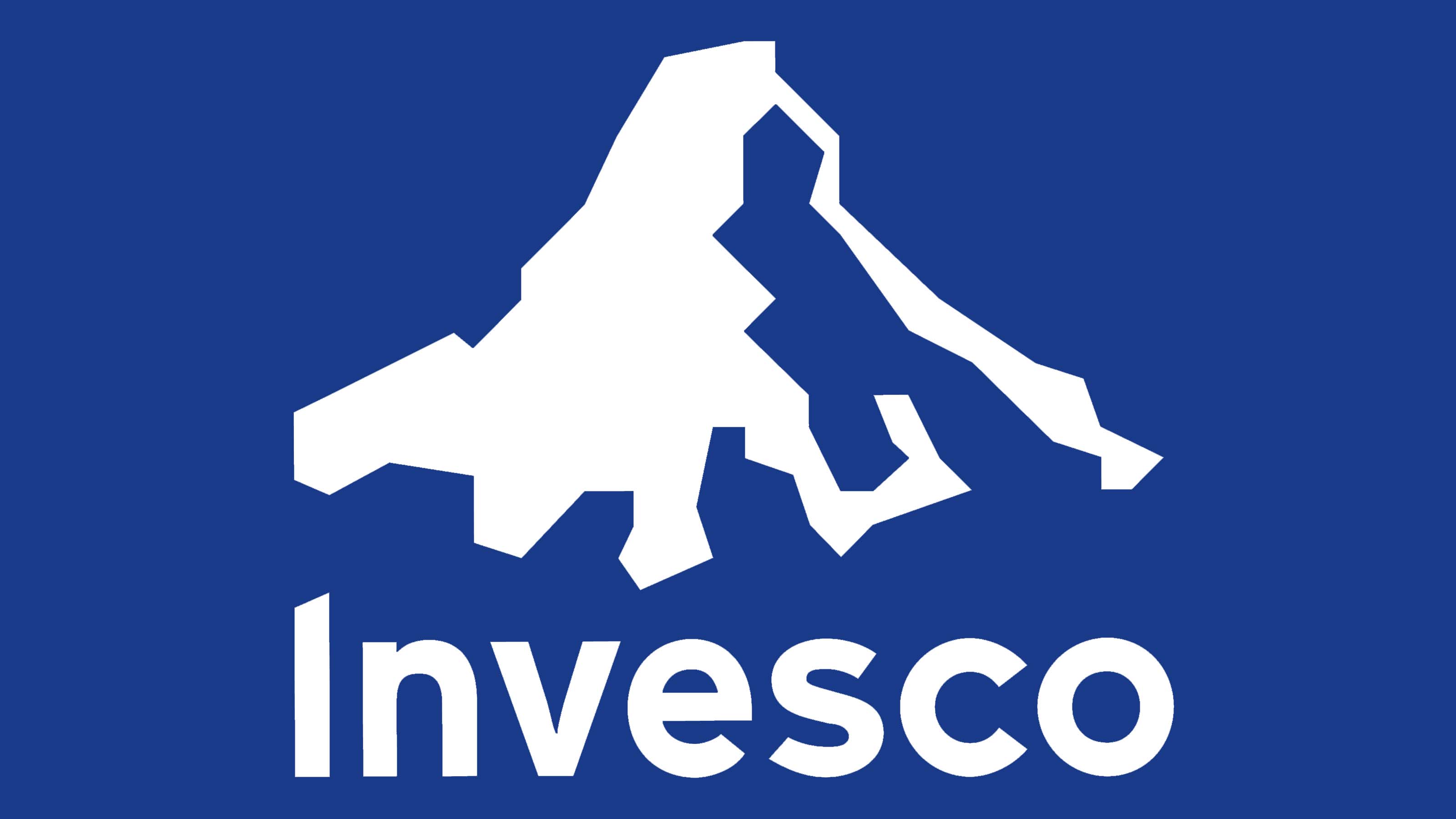
Invesco S&P 500 Equal Weight Health Care ETF
- Assets under management: $790.1 million
- Expense ratio: 0.40%
- 30-day median bid-ask spread: 0.189%
- Dividend yield: 0.7%
The Invesco S&P 500 Equal Weight Health Care ETF (RSPH) holds the same portfolio of 60 health care stocks as XLV, but instead of weighting them by market cap, it follows the S&P 500 Equal Weight Health Care Index.
That means each company receives the same weight at each rebalance, regardless of size. This offers a less top-heavy way to invest in health care, though it does come with a higher fee, wider spread and lower yield than its market cap-weighted peers.
Learn more about RSPH at the Invesco provider site.
Related content
Get Kiplinger Today newsletter — free
Profit and prosper with the best of Kiplinger's advice on investing, taxes, retirement, personal finance and much more. Delivered daily. Enter your email in the box and click Sign Me Up.
Tony started investing during the 2017 marijuana stock bubble. After incurring some hilarious losses on various poor stock picks, he now adheres to Bogleheads-style passive investing strategies using index ETFs. Tony graduated in 2023 from Columbia University with a Master's degree in risk management. He holds the Certified ETF Advisor (CETF®) designation from The ETF Institute. Tony's work has also appeared in U.S. News & World Report, USA Today, ETF Central, The Motley Fool, TheStreet, and Benzinga. He is the founder of ETF Portfolio Blueprint.
-
 The AI Doctor Coming to Read Your Test Results
The AI Doctor Coming to Read Your Test ResultsThe Kiplinger Letter There’s big opportunity for AI tools that analyze CAT scans, MRIs and other medical images. But there are also big challenges that human clinicians and tech companies will have to overcome.
By John Miley Published
-
 The Best Places for LGBTQ People to Retire Abroad
The Best Places for LGBTQ People to Retire AbroadLGBTQ people can safely retire abroad, but they must know a country’s laws and level of support — going beyond the usual retirement considerations.
By Drew Limsky Published
-
 Financial Planning's Paradox: Balancing Riches and True Wealth
Financial Planning's Paradox: Balancing Riches and True WealthWhile enough money is important for financial security, it does not guarantee fulfillment. How can retirees and financial advisers keep their eye on the ball?
By Richard P. Himmer, PhD Published
-
 A Confident Retirement Starts With These Four Strategies
A Confident Retirement Starts With These Four StrategiesWork your way around income gaps, tax gaffes and Social Security insecurity with some thoughtful planning and analysis.
By Nick Bare, CFP® Published
-
 Should You Still Wait Until 70 to Claim Social Security?
Should You Still Wait Until 70 to Claim Social Security?Delaying Social Security until age 70 will increase your benefits. But with shortages ahead, and talk of cuts, is there a case for claiming sooner?
By Evan T. Beach, CFP®, AWMA® Published
-
 Retirement Planning for Couples: How to Plan to Be So Happy Together
Retirement Planning for Couples: How to Plan to Be So Happy TogetherPlanning for retirement as a couple is a team sport that takes open communication, thoughtful planning and a solid financial strategy.
By Andrew Rosen, CFP®, CEP Published
-
 Market Turmoil: What History Tells Us About Current Volatility
Market Turmoil: What History Tells Us About Current VolatilityThis up-and-down uncertainty is nerve-racking, but a look back at previous downturns shows that the markets are resilient. Here's how to ride out the turmoil.
By Michael Aloi, CFP® Published
-
 Stock Market Today: Stocks Surge to Close a Volatile Week
Stock Market Today: Stocks Surge to Close a Volatile WeekIt was another day with a week's worth of both news and price action, but it ended on a strongly positive note.
By David Dittman Published
-
 Home Insurance: How to Cut Costs Without Losing Coverage
Home Insurance: How to Cut Costs Without Losing CoverageNatural disasters are causing home insurance premiums to soar, but don't risk dropping your coverage completely when there are ways to keep costs down.
By Jared Elson, Investment Adviser Published
-
 Markets Roller Coaster: Resist the Urge to Make Big Changes
Markets Roller Coaster: Resist the Urge to Make Big ChangesYou could do more harm than good if you react emotionally to volatility. Instead, consider tax-loss harvesting, Roth conversions and how to plan for next time.
By Frank J. Legan Published
